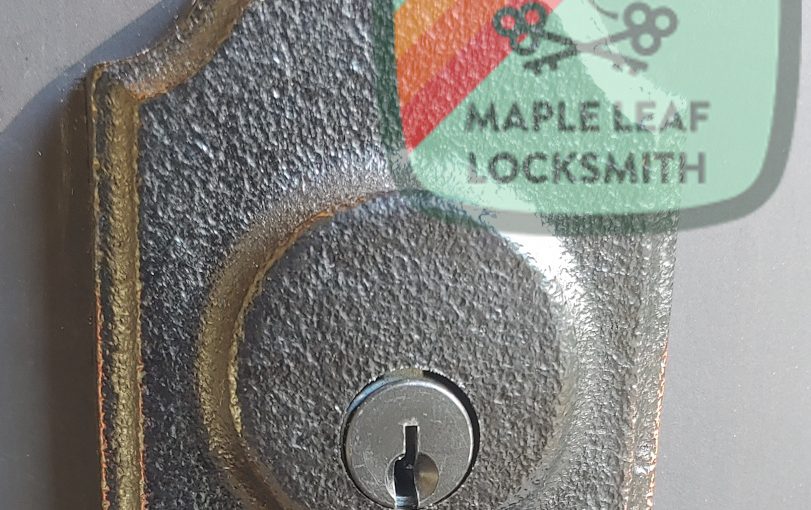Category: Services Offered
-

Getting a Weslock to use Schlage SC1 key
you have to drill or grind out the top of the cylinder housing where the bible goes a little bit.
-
Interlock multipoint sliding door locks
Sliding door locks are notoriously crappy. Usually it is just one little hook holding the door shut and customers think that hook is going to keep them safe. Well I’m here to tell you that it won’t. Aside from the obvious shattering of the entire door a large screwdriver can pry the door away from…
-
Locks for a Thick Door: Where Do You Get Them?
Update: in a huge upset to the industry and customers alike, Napco/Alarm Lock have stopped selling their locks for thick doors. There isn’t much that we can do except migrate these customers away from the Alarm Lock ecosystem to the Schlage or Kaba ecosystem unless Napco figures out that this is mabye a bad idea.…
